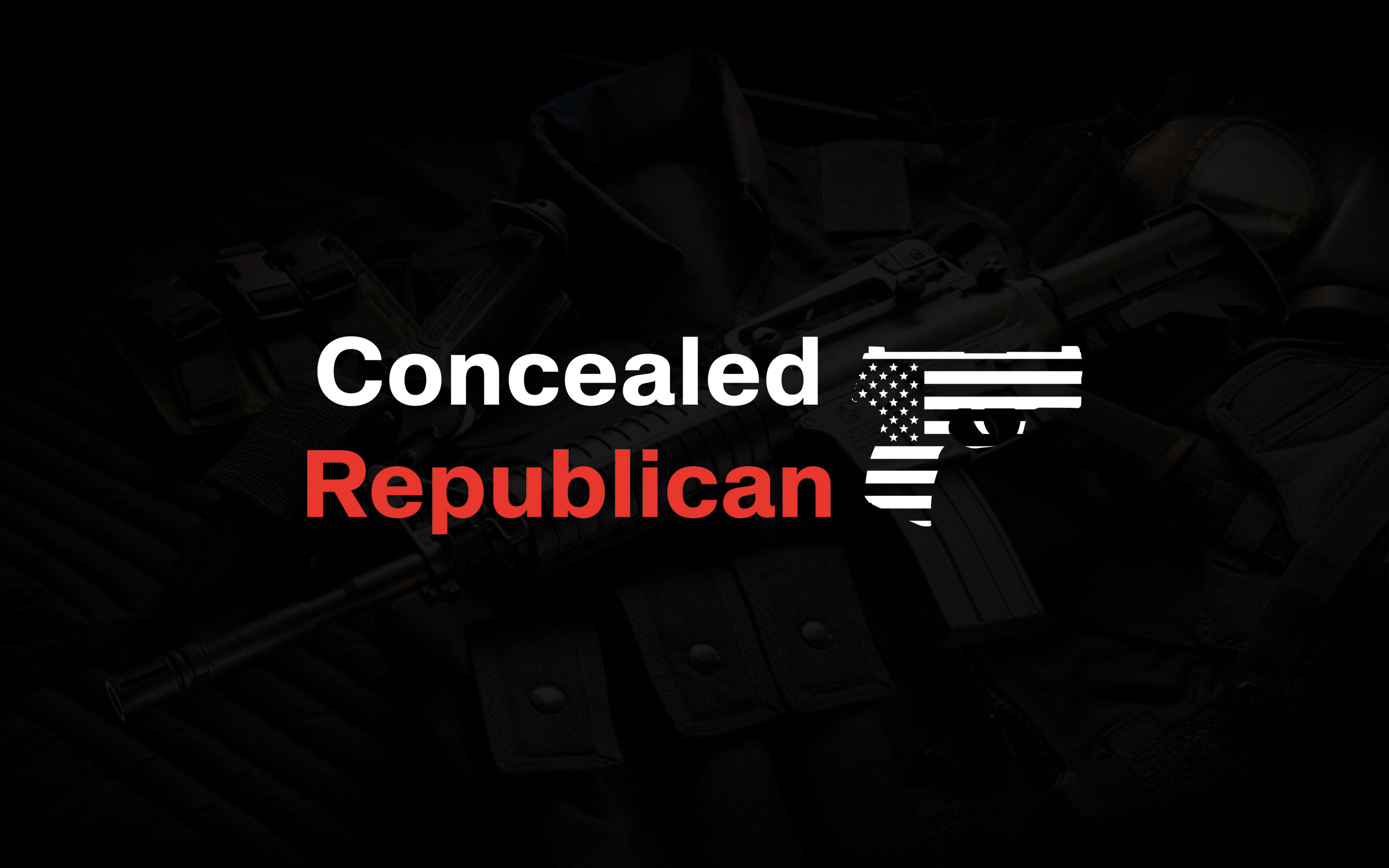The Ohio Supreme Court will hear oral arguments this week in a case involving one of the state’s concealed carry laws- a statute that criminalizes carrying a concealed firearm in a bar or restaurant that serves alcohol.
Three years ago a man named Elijah Striblin was arrested and charged after a confrontation at the Lazy River Lounge in Muskingum County after a bar fight that led to a shooting.
Court documents indicate that surveillance video showed Striblin ordering and drinking at least one alcoholic beverage. He later got into a fist fight with another patron in the men’s restroom. As other people attempted to break up the fight, Striblin pulled out his pistol and shot the other man in the neck. Following the shooting, patrons were evacuated from the bar.
Striblin was ultimately convicted of inducing panic and illegal possession of a firearm in a bar where liquor is served. Ohio law makes it a felony to carry firearms in a liquor establishment under certain conditions, including if the person is consuming alcohol.
The conviction for illegal gun possession was appealed, arguing that the law itself infringes on Striblin’s Second Amendment rights. In June 2024, the Fifth District Court of Appeals agreed with Striblin, issuing a decision that threw out the conviction and declared Ohio’s law unconstitutional on its face. The Ohio Supreme Court agreed with the State of Ohio’s request to take the case.
Technically, Striblin wasn’t convicted of those charges. He took a “no contest” plea, and in return had several other charges, including felonious assault, dismissed.
Ohio law states that “No person shall possess a firearm in any room in which any person is consuming beer or intoxicating liquor in a premise for which a permit has been issued under Chapter 4303. of the Revised Code or in an open-air arena for which a permit of that nature has been issued.”
There is an exception, however, for those with a concealed carry license, but license holders are still not permitted to consume alcohol while they’re carrying. Striblin, however, did not possess a valid carry license. Ohio had become a permitless carry state two months prior, so he could legally carry in many places without a license… but not in places like the Lazy River Lounge.
In the appellate court’s opinion, the only laws implicating gun possession and intoxicating substances at the time of the Founding centered on possessing a firearm while actively intoxicated; not possessing a firearm in an establishment where alcohol is served or even possessing a firearm while drinking a beverage that, consumed in large enough quantities, can make someone intoxicated.
Precedent from the Supreme Court of Ohio suggests that intoxication is a narrow prohibition, rather than one from which a court can analogize broad prohibitions.The Court addressed the criminal liability for the use of firearms while intoxicated in State v. Weber, 163 Ohio St.3d 125, 2020-Ohio-6832, 168 N.E.3d 468. Although much of the majority opinion and Justice DeWine’s concurrence addresses the issue of overconsumption, i.e. intoxication, both opinions make repeated efforts to strictly link intoxication and possession of a firearm. Id. ¶ 57. (“you’re allowed to be drunk and youhave a right to handle a firearm—you just can’t do both at the same time [.]”) DeWine, J,concurring. A key aspect of Justice DeWine’s concurrence was intoxication was a constitutional reason for barring possession of firearms because they posed a “present danger to others.”
… Under Ohio’s licensing scheme, a number of “class D permit” facilities are quite unlike bars and pubs, including wine tasting (R.C. 4303.184), shopping malls (R.C.4303.181(B), certain botanical gardens (R.C. 4303.181(K)), community entertainment districts (R.C. 4303.181(J)), revitalization district (R.C. 4303.181(L)), and museums, theatres, and community centers (R.C. 4303.181(H)). An obvious difference is the consumption in alcohol in these places is largely incidental to other leisure activities. And at least to some degree, the amount of alcohol consumable is either directly or indirectly limited. Thus, it is not evident to us that the sensitive places doctrine would permit the prohibition of firearms in every location where alcohol is consumed. The only common aspect of these varied facilities is they allow public alcohol consumption. Thus, we cannot conclude that the State met its burden to show class D permit facilities are all sensitive places within the historical tradition of firearms regulation.
This is one of those cases where the gun owner in question isn’t exactly a poster child for the Second Amendment, but the underlying issues still impact plenty of gun owners who are never accused of committing a violent crime with their firearm.
Briefs have been filed by outside groups that support both sides of the argument. The Cities of Cincinnati and Columbus filed a joint brief in support of the State of Ohio, urging the Supreme Court to uphold the law. These municipalities argue that the ability to regulate weapons in places where alcohol is consumed is a vital component of local public safety.
… On the other side, the Office of the Ohio Public Defender argues that affirming the Fifth District’s ruling is necessary to protect constitutional rights from undue restriction. They contend that a ruling in the State’s favor would improperly expand the exceptions to the Second Amendment right established by the U.S. Supreme Court.
The Ohio Supreme Court may take months to issue a decision after the Wednesday oral arguments. If the court affirms the Appeals Court, it will likely render the current law unenforceable, possibly requiring the Ohio General Assembly to craft a new statute. If the court sides with the State, the law will be upheld, solidifying the state’s ability to prohibit gun possession in bars when a person with a gun drinks alcohol.
I think the best outcome would be for the Ohio Supreme Court to uphold the appellate court decision and let the state legislature adopt a more specific statute addressing carrying a firearm while actively intoxicated, while still allowing lawful gun owners to enter those establishments where alcohol is served without having to disarm themselves. A two-tiered system that allows concealed carry licensees to do so while prohibiting the practice for those carrying under the state’s permitless carry law is needlessly confusing and could easily lead to folks being charged for not understanding the complexity of the current statute.
The state does have a vested interest in ensuring that bars and restaurants that serve alcohol aren’t full of drunk people carrying guns, just as it has an interest in ensuring that those establishments don’t serve drivers to the point that they aren’t safe to get behind the wheel. But that burden of responsibility also falls on patrons too; just as it’s up to customers to be sober enough to drive (or have a designated driver), it should also be up to those customers to bear arms safely and responsibly even if the law permits them to have a beer or a glass of wine with dinner.
Editor’s Note: The Schumer Shutdown is here. Rather than put the American people first, Chuck Schumer and the radical Democrats forced a government shutdown for healthcare for illegals. They own this.
Help us continue to report the truth about the Schumer Shutdown. Use promo code POTUS47 to get 74% off your VIP membership.
Read the full article here











![Thanksgiving Costs Lowest in 4 Years Despite ‘Experts’ Predictions [WATCH] Thanksgiving Costs Lowest in 4 Years Despite ‘Experts’ Predictions [WATCH]](https://www.lifezette.com/wp-content/uploads/2025/11/2025.11.23-12.34-lifezette-6922ff6ef18e6.jpg)